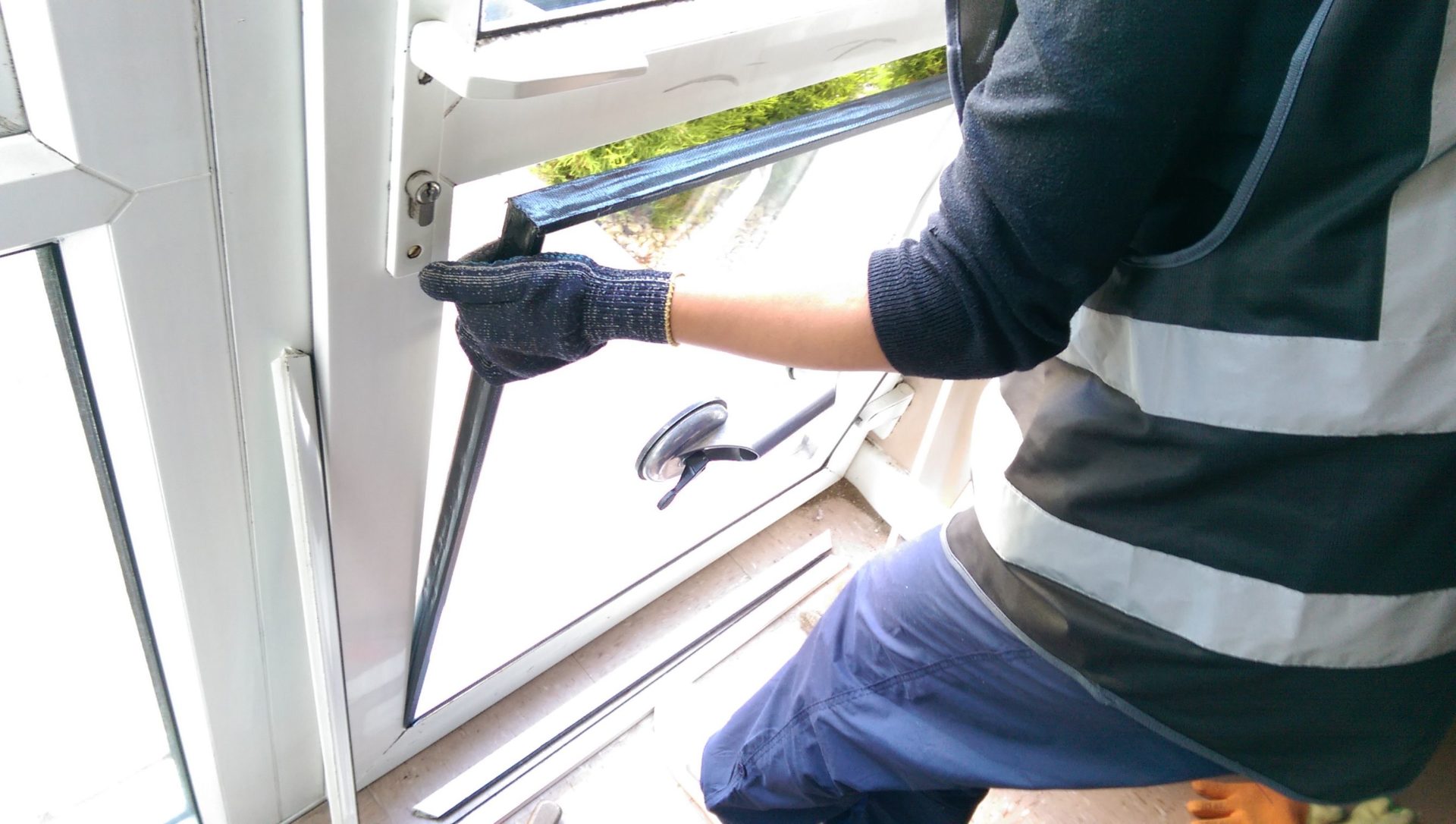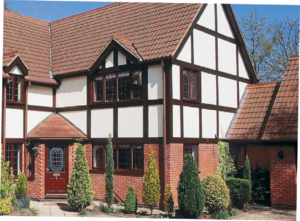GeogheganCharla
GeogheganCharla发表的博客

Energy-Efficient Windows: An Overview
Recently, the demand for energy-efficient windows has surged, driven by rising energy costs, increased ecological awareness, and the desire for enhanced comfort in homes and business structures. Energy-efficient windows are designed to lower energy consumption, improve thermal comfort, and lower greenhouse gas emissions. This thorough guide will check out the functions, advantages, and various types of energy-efficient windows available in the market.
Understanding Energy-Efficient Windows
Energy-efficient windows are specially crafted to minimize energy loss while making the most of natural light and visual appeals. They accomplish these goals through a mix of technologies that boost insulation, reduce air seepage, and reflect or absorb solar heat.
Key Components of Energy-Efficient Windows:
Frame Materials: The product of the window frame substantially affects its energy performance. Common products include:
- Vinyl: Excellent thermal efficiency and low maintenance.
- Wood: Natural insulator but requires routine maintenance.
- Aluminum: Durable however less effective unless thermally broken.
- Fiberglass: High sturdiness and energy effectiveness, frequently utilized in high-end applications.
Glazing: The kind of glazing (or glass) utilized is an important element:
- Single Glazing: Least effective; enables considerable heat transfer.
- Double Glazing Replacement (111.53.130.194) Glazing: Two panes of glass with a space in between, substantially enhancing insulation.
- Triple Glazing: Three panes of glass; provides the best efficiency but at a greater expense.
Low-E Coatings: Low-emissivity finishes are thin layers applied to glass that reflect heat back into a structure throughout winter while deflecting solar heat in summer. This function can dramatically reduce heating and cooling expenses.
Gas Fills: Argon or krypton gas is often utilized to fill the areas between the panes of double and triple-glazed windows, offering it with additional insulation homes.
Warm Edge Spacers: These are materials used to separate the panes of glass. Warm-edge spacers help decrease thermal bridging and improve total window effectiveness.
Advantages of Energy-Efficient Windows
The benefits of setting up energy-efficient windows in a structure are significant, both economically and environmentally.
Economic Benefits:
- Lower Energy Bills: By decreasing the amount of heat lost during winter season and heat gained in summer season, energy-efficient windows can lead to significant cost savings in heating and cooling expenses.
- Increased Property Value: Homes with energy-efficient upgrades might have a greater resale worth. Many buyers actively look for energy-efficient functions.
- Tax Credits and Rebates: Many areas use monetary rewards for homeowners who update to energy-efficient windows, making them more cost effective.
Environmental Benefits:
- Reduced Carbon Footprint: By lowering energy intake, energy-efficient windows contribute to a decrease in greenhouse gas emissions.
- Improved Indoor Air Quality: Better insulated homes typically reveal a reduction in drafts and wetness problems, which can result in healthier living environments.
Convenience Benefits:
- Consistent Indoor Temperature: Energy-efficient windows help keep a steadier indoor temperature, decreasing cold areas near windows and eliminating getting too hot.
- UV Protection: Many energy-efficient windows can block damaging UV rays, safeguarding furniture and flooring from fading.
Kinds Of Energy-Efficient Windows
Picking the ideal type of energy-efficient window will depend on various elements such as climate, constructing design, and spending plan. Below are some frequently utilized types:
| Window Type | Description | Best For |
|---|---|---|
| Sash Windows | Depended upon one side, these windows open outwards, offering outstanding ventilation and airtightness. | Areas needing excellent air flow |
| Double-Hung Windows | Functions 2 operable sashes that move up and down. They enable flexible ventilation and are simple to tidy. | Traditional-style homes |
| Sliding Windows | These windows move open horizontally, making them easy to operate and perfect for those who have actually restricted space. | Locations with limited space |
| Picture Windows | Set windows that do not open, taking full advantage of views and natural light, frequently paired with adjustable windows for ventilation. | Living rooms, dining areas |
| Bay and Bow Windows | Prolonged windows that produce a rack or nook, including architectural appeal and increased sunshine. | Family spaces, breakfast nooks |
Picking the Right Energy-Efficient Window
When selecting energy-efficient windows, house owners ought to think about the following elements:
- Local Climate: Different areas have various environment needs. For instance, homes in the northern U.S. may gain from windows that maintain heat, whereas southern homes might need windows that reflect heat.
- Window Orientation: The direction that windows face can affect energy effectiveness. South-facing windows may benefit from solar heat gain in winter, while north-facing windows might require more insulation.
- Efficiency Ratings: Look for windows with a good Energy Star ranking, which licenses them as effective in offering energy performance.
Regularly Asked Questions (FAQs)
What is the distinction between energy-efficient and standard windows?Energy-efficient windows are designed with unique products and innovations that boost insulation and lower energy loss, whereas standard windows may do not have these features, leading to higher energy usage.
How can I tell if my windows are energy-efficient?Try to find signs such as Low-E finishings, multiple panes of glass (double or triple glazing), and a great energy performance ranking (like Energy Star).
Are energy-efficient windows worth the investment?Yes, while they might have a higher upfront cost, energy-efficient windows often save homeowners cash on energy costs and minimize carbon emissions gradually.
Can I set up energy-efficient windows myself?While some property owners may deal with window installation as a DIY project, expert setup is typically recommended to ensure proper sealing and insulation.

The length of time will energy-efficient windows last?With correct upkeep, energy-efficient windows can last 20 to 30 years, making them a long-term financial investment for your home.
Energy-efficient windows offer various advantages, including lower energy costs, improved comfort, and decreased environmental impact. By understanding their functions, advantages, and the numerous types offered, homeowners can make informed choices that contribute not only to their own comfort however likewise to a more sustainable future. Investing in energy-efficient windows is not simply a smart choice for your wallet; it is a significant action towards producing a greener and more effective international environment.
